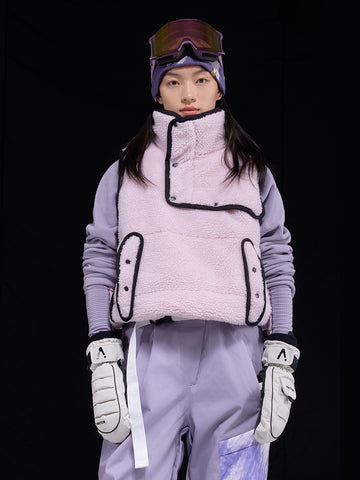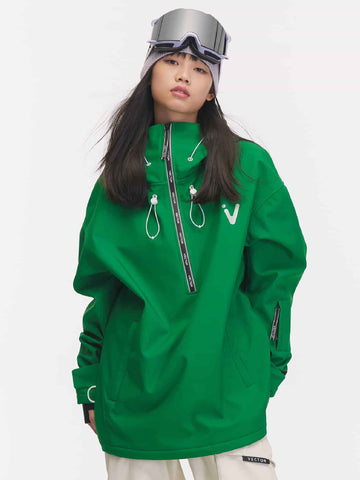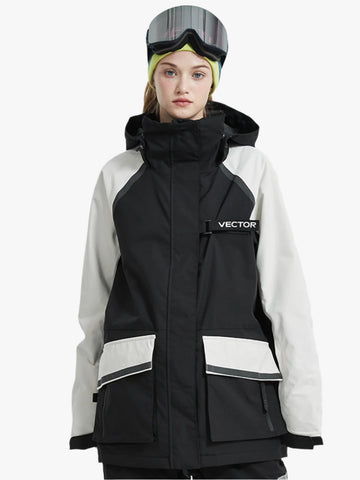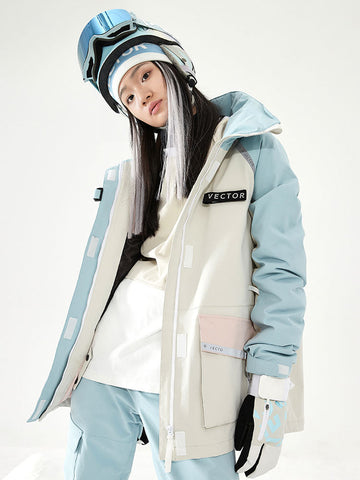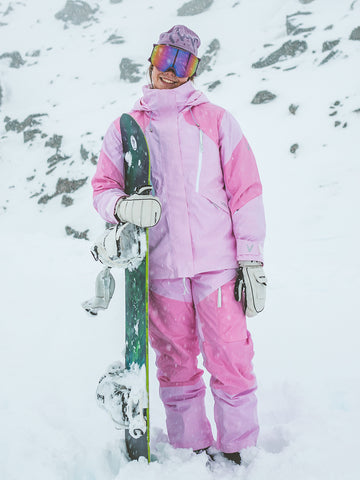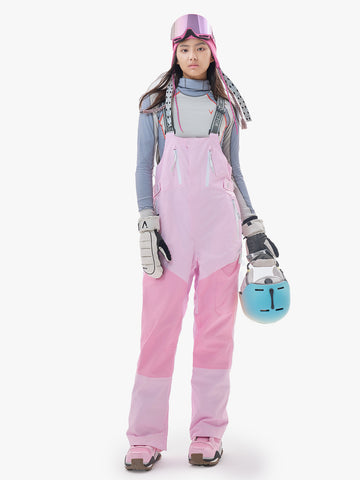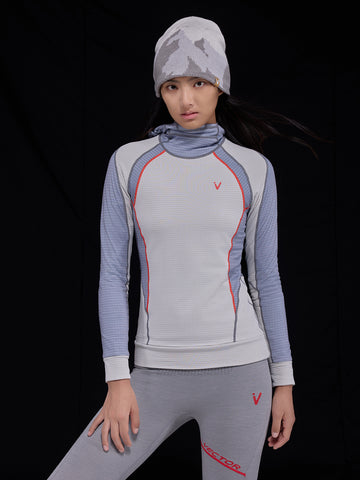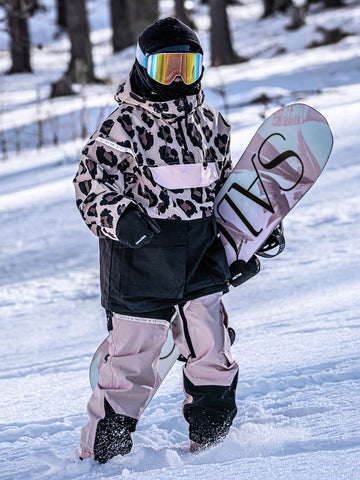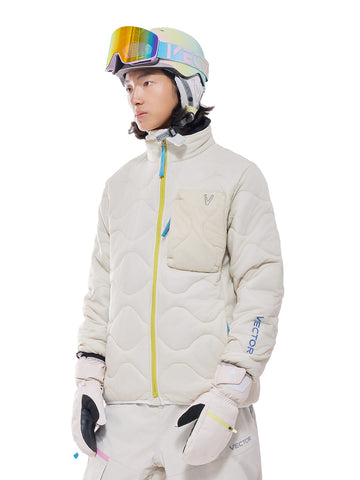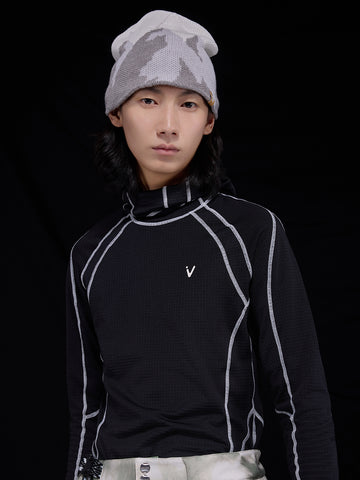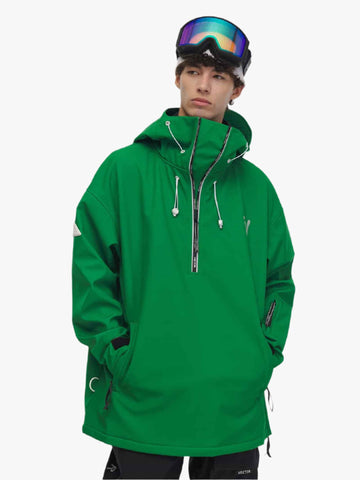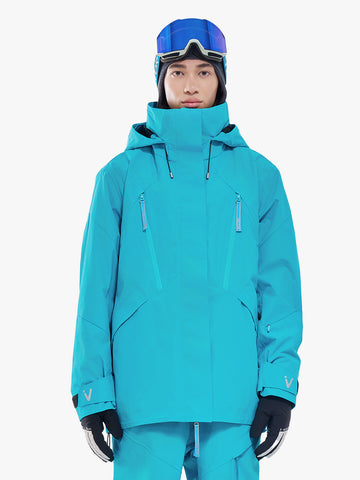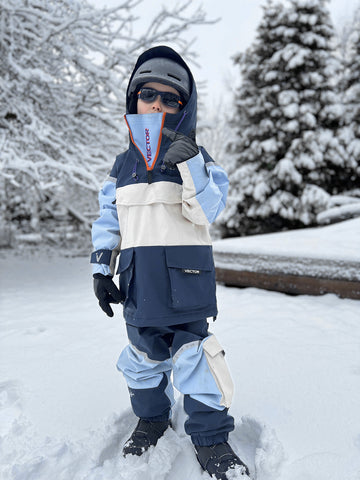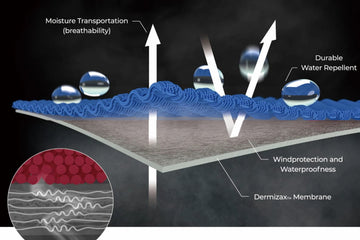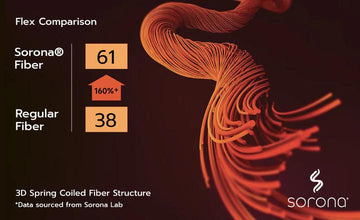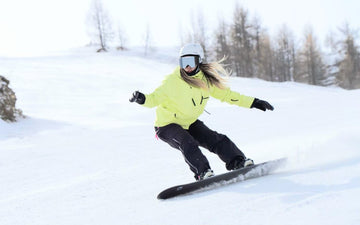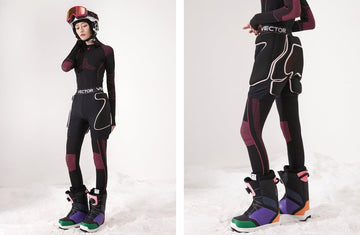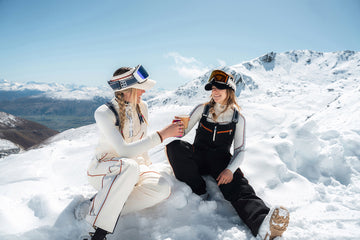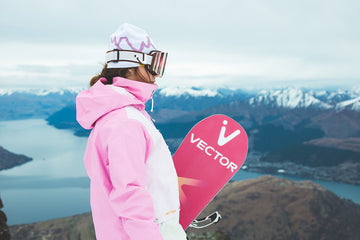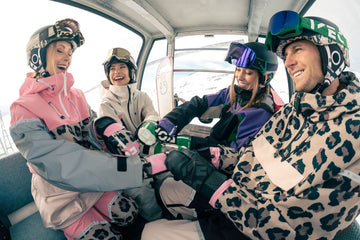We'll guide you through:
-
The importance of protection while snowboarding
-
Head protection gear
-
Body protection gear
The Importance of Protection While Snowboarding

Many snowboarders tend to overlook the importance of protective gear. Proper protective gear, such as helmets, knee pads, and hip protectors, provides comprehensive protection from head to toe. These can effectively reduce the risk of injury from falls or collisions. Wearing the right protective equipment is not only about protecting yourself but also ensuring the safety of others. Understanding the function and usage of this equipment will boost your confidence on the slopes and is a key element in ensuring snowboarding safety.
Head Protection Gear

Helmet: Key to Head Protection
The helmet is a crucial piece of protective equipment in snowboarding. As snowboarding is an extreme sport, the helmet provides essential protection in case of accidental falls. It can effectively reduce the impact on the head, lowering the risk of serious head injuries. In addition to protecting the head, helmets also offer warmth. Keeping the head warm is an important part of preventing body heat loss. Most helmets are designed with insulation to provide warmth for skiers. Moreover, helmets also prevent snow and water from entering.
Weather conditions often change while snowboarding, and the outer shell of helmets typically have waterproof properties, effectively keeping the head dry.
When choosing a helmet, select the right size; a proper fit means the helmet won't easily move and feels comfortable when worn. It's also important to consider the material. Helmets usually have two layers: the outer layer is made of a hard shell material that provides external protection, and the inner layer consists of foam, which absorbs energy during impact, reducing harm to the wearer. When choosing a helmet, ensure it offers comprehensive protection while snowboarding to maximize its protective function.
Goggles: Protecting Eyes and Clear Vision
Due to the reflection from the snow surface, strong ultraviolet (UV) rays can harm the eyes while snowboarding. Wearing goggles can effectively block UV rays and prevent eye damage caused by UV exposure. Goggles not only protect the eyes from UV rays but also help you see clearly while snowboarding and prevent snow or rain from entering your eyes. Harsh weather during snowboarding, such as wind, snow, or hail, can cause injury to the eyes. Since the temperature while skiing can fluctuate, goggles may fog up, so choosing anti-fog goggles is especially important. This prevents fog from obstructing your vision, which could lead to dangerous situations while snowboarding.
Body Protection Gear

Hip Pads: Protecting the Tailbone, Hips, and Thighs
Knee Pads: Protecting Knees and Preventing Sprains
Wrist Guards: Preventing Wrist Injuries
Summary
Snowboarding is an exhilarating sport, but it also comes with certain risks. By wearing protective gear such as helmets, goggles, knee pads, hip pads, and wrist guards, you can significantly reduce the risk of injury. To fully enjoy snowboarding, start by choosing the right protective gear!
FAQ:
Reference:



